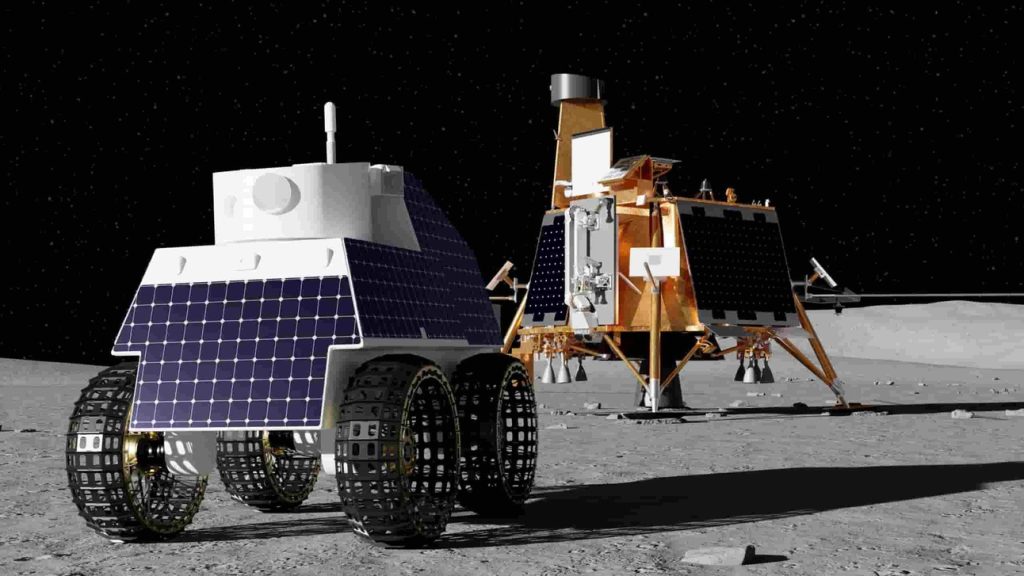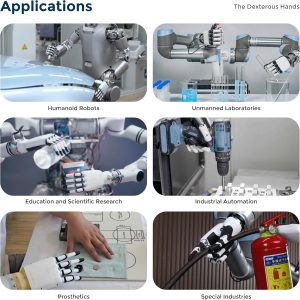Robotics Special: Tesla at the Capitol

Robots are evolving rapidly, growing more relatable and human-like every day. From digital nervous systems to mobile humanoids, these innovations are revolutionizing industries. Companies like Tesla and Boston Dynamics are championing American robotics, seeking government support to stay competitive globally.
This article explores the latest robotics advancements, including a potential breakthrough in finding Malaysia Airlines Flight 370 and a unique six-legged robot emerging from a 3D printer without electronics. Discover how these technologies are transforming our world, paving the way for robotics in homes and hazardous environments.
Humanoid Elegance
This week, Figure AI captured attention with their Figure 02 robots, gracefully mimicking human movement. By employing reinforcement learning in a physics simulator, they compress years of learning into hours. This results in humanoids that adapt quickly to diverse real-world settings.
This advancement highlights the shift towards more life-like robots. Humanoids are becoming more natural in their movements. It’s a leap forward in aligning robotics with human-like functions.
Expect to see humanoid robots in homes in the near future. According to reports, Norway’s 1X plans to introduce Neo Gamma robots in numerous households by the year’s end. These robots will have human operators, indicating a balance between autonomy and control.
Policy and Competition
Major U.S. robotics firms are calling for congressional support amidst rising competition from China. As Chinese companies prioritize intelligent robots, American leaders such as Boston Dynamics and Agility Robotics urge a national strategy, including federal involvement.
At Capitol Hill, these companies showcased their technologies, underscoring the urgent need for a strategic approach. They emphasized the risk of falling behind China. There’s a clear call for action to maintain technological leadership.
The Digital Nervous System
Swedish startup IntuiCell is pioneering a ‘digital nervous system’ that allows robots to learn in real-time. This advancement could revolutionize how machines mimic human intelligence, moving beyond static learning into dynamic interactions.
IntuiCell’s creation, Luna, a standard quadruped, demonstrates this capability. Through trial and error, Luna learns autonomously, showcasing the potential of this technology. It could bridge the gap to human-level intelligence.
Such developments signal a future where robots learn and interact more naturally with their surroundings. The transition from fixed learning to real-time adaptation is a significant milestone in robotics.
3D-Printed Marvels
Traditional robots face limitations with electronics, especially in hostile environments. UC San Diego has tackled this issue by creating a six-legged, electronics-free robot using 3D printing. This breakthrough opens new avenues for robotics.
The robot, powered by compressed gas, promises long periods of autonomous operation. It has shown an impressive ability to navigate independently in outdoor settings, marking a significant stride in robotics.
This could revolutionize robotics in hazardous areas. Eliminating the need for complex electronics expands potential applications. It offers new possibilities for disaster response and exploration.
Robots in the Search for MH370
Ocean Infinity, a Texas-based firm, is revitalizing the search for Malaysia Airlines Flight 370. They employ advanced AUVs in the Indian Ocean, highlighting the growing role of robotics in solving mysteries of the past.
This development offers renewed hope for families seeking closure. It underscores how technology can aid in resolving longstanding questions with precision and care.
Non-Invasive Medical Marvels
A new magnetic micro-robot can revolutionize early cancer detection. It navigates through intestines, providing high-resolution, 3D scans, spotting cancer early without invasive procedures.
Human trials are expected soon, promising to make early detection less stressful and more precise. This innovation could change medical diagnostics.
By eliminating traditional biopsies, this robot offers a glimpse into a future of pain-free cancer screening. It represents a monumental advancement in patient care.
Emergency and Environmental Robotics
China has introduced a groundbreaking rescue robot capable of handling extreme temperatures and terrains. From stairs to slopes, these robots perform under pressure, offering hope in crisis scenarios.
In disaster and environmental management, these robots could prove invaluable. They can operate in dangerous spaces, aiding in rescue efforts with unprecedented efficiency.
The deployment of such robots indicates an evolving landscape in emergency response. The potential to save lives and manage crises effectively is becoming a reality.
Robotic Tree Mapping
Chinese scientists have mapped all of China’s trees using drone-based lidar. Counting 142.6 billion trees, this project supports massive reforestation efforts to fight desertification. Robots in action, aiding environmental conservation.
This represents the merging of robotics and environmental science. It showcases the technological advancements aiding ambitious ecological projects.
Radiation Challenges Addressed
Japan’s Fukushima disaster left radioactive waste that robots, equipped with specialized gear, can now tackle. This addresses a critical environmental challenge with technology at the forefront.
Through robotic intervention, areas previously deemed unsafe may become manageable, marking progress in post-disaster recovery efforts.
The advancements in robotics are opening new doors, from household helpers to lifesaving innovations. This rapidly evolving technology is reshaping industries and lives.
As robots integrate more into our daily lives, they promise to solve complex problems and improve our world.






